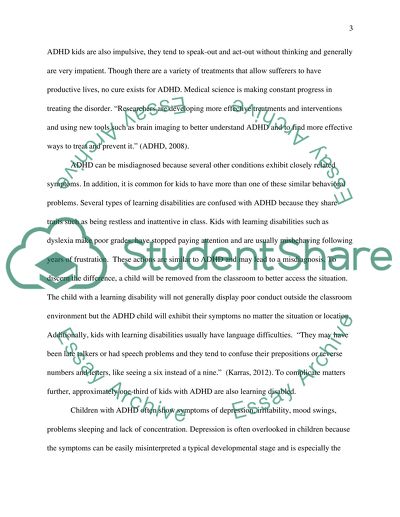Cite this document
(“Attention Deficit Hyperactivity Disorder Essay Example | Topics and Well Written Essays - 2000 words”, n.d.)
Retrieved from https://studentshare.org/psychology/1452877-adhd
Retrieved from https://studentshare.org/psychology/1452877-adhd
(Attention Deficit Hyperactivity Disorder Essay Example | Topics and Well Written Essays - 2000 Words)
https://studentshare.org/psychology/1452877-adhd.
https://studentshare.org/psychology/1452877-adhd.
“Attention Deficit Hyperactivity Disorder Essay Example | Topics and Well Written Essays - 2000 Words”, n.d. https://studentshare.org/psychology/1452877-adhd.


